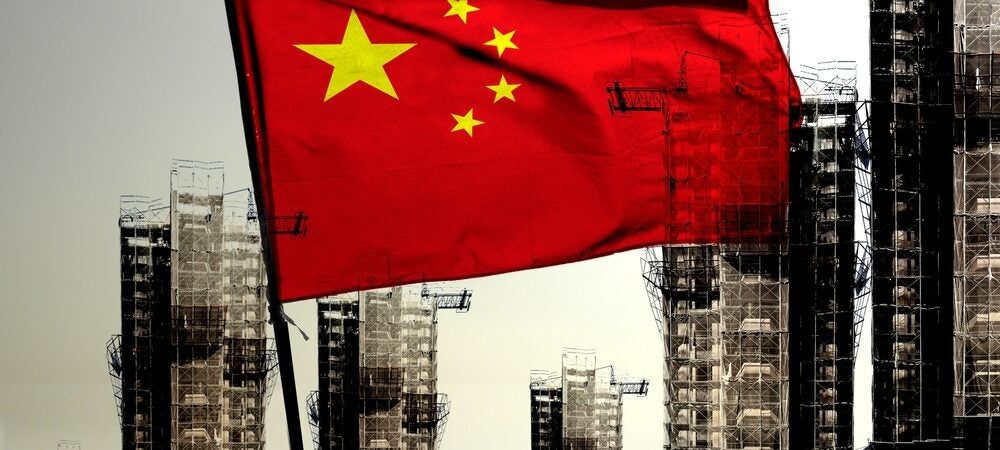The following is an excerpt from the book: World Trade Law and the Rise of China In: The Many Paths of Change in International Law.
It seems intuitive to think that if the distribution of political power shifts, law eventually follows, as new powers want political changes to ultimately be reflected in the law. However, established actors typically want the law to remain stable and therefore resist legal change. When and how are shifts in global power structure then brought into international law?
One of the greater shifts in geopolitics in recent history has been the rise of China, and it has put the international order under significant strain. The question this chapter will explore is to what extent this shift has resulted in change in international law, and especially in world trade law. The WTO has been a key arena of conflict between the US and China in recent years, well before the Trump years. What happens when a new, potentially powerful, (state) actor enters the scene of an already existing and established legal regime such as international trade law? How did China, whose international trade law profession was underdeveloped (or virtually non-existent) prior to its accession to the WTO, manage to use the WTO dispute settlement system to push for change.
International trade law is a particularly suitable field for an inquiry into the effects of geopolitical shifts on international law, because—especially in the form it found in the WTO Agreements—it is widely seen as a reflection of a particular economic vision associated with the dominant powers of the 1990s. The WTO Agreements tend towards neoliberal market liberalization, mainly due to pressure from the US and, to an extent, the European Union during the Uruguay Round. Developing countries challenged this dominance in the Doha Round and prevented the further extension of this approach through treaty-making, but they did not achieve a rebalancing on this route either as negotiations largely ended in gridlock. Meanwhile, societal contestation—particularly in the area of environmental regulation—has created legitimacy issues for the WTO, adding to the pressures the organization finds itself under, but has not led to formal changes in existing agreements either.
Yet, change in trade law does not necessarily have to come through state-led processes. In fact, this field of international law is particular not only because of its ideational orientation, but also because of the centrality of the ‘judicial’ path of change, embodied in the WTO dispute settlement system and the jurisprudence of the panels and the Appellate Body (AB). In light of the clogged nature of state or multilateral paths, the focus for change agents in this field soon shifted towards the judicial path, and it is here that we have seen most movement, especially under the influence of the AB from the mid-1990s until 2019, when the AB itself became blocked as the US prevented the appointment of new members. Change processes in world trade law over the past decades have then also largely come about through shifts in the interpretation by WTO dispute settlers.
China, too, has been among the change agents using the judicial path at the WTO, and it has been quite successful in using it for its own interests and to advance its global economic and political position. This was aided by the fact that, as we will see in more detail later in the chapter, China invested significant resources into building its own trade law capacity to further global influence. This contributed to the country being perceived as a credible rival to Europe and the US in shaping, changing, and developing international trade law. The change in turn has resulted in political shifts, impacting the political (im-)balance between China and the Western world.
This chapter traces China’s rise and its consequences at the WTO, especially with a view to understanding how the country utilizes home-grown capacity for international trade law, and how these developments can embody a global political shift in power. In the WTO context the AB could achieve (lasting) impactful change and might have therefore been an obvious choice of forum to push for change. In other areas of international law, where one does not have a similar focal point or decisive body, it might be less likely that change can be pursued (successfully) through judicial bodies.
Pressures of geopolitics are especially encapsulated in the case of subsidy regulation at the WTO—the focus of our inquiry here. Subsidy regulation, a seemingly niche topic, provides a magnifying glass through which we can observe how disagreements between economic and political systems play out in a specific issuearea. The WTO’s subsidy rules were not ideally suited to dealing with economies with a blurred boundary between public and private actors, and China soon pushed back against the wide application of these rules on its state-owned entities. This led to a (limited) interpretive shift among WTO dispute settlement bodies, but also to contestation on the part of, in particular, the US, which saw this issue as increasingly significant in the context of the developing trade conflict with China in the early 2010s. As we will see below, the issue seemed relatively settled for several years before the AB took a step back towards the US position later in the decade, when the crisis over AB appointments was already well advanced. Subsidy disciplines have become an element in discussions about general WTO reform, and one could even go as far as to argue that the future of the WTO hinges on them as they represent the ultimate test for whether the institution can accommodate a strong non-market based economy—and whether it can strike a balance between the demands of different types of economies within it.
Chapitre_10_Livre_Krisch_et_contribs_9780198877844-4 (2)
To read the full book chapter, click here.

